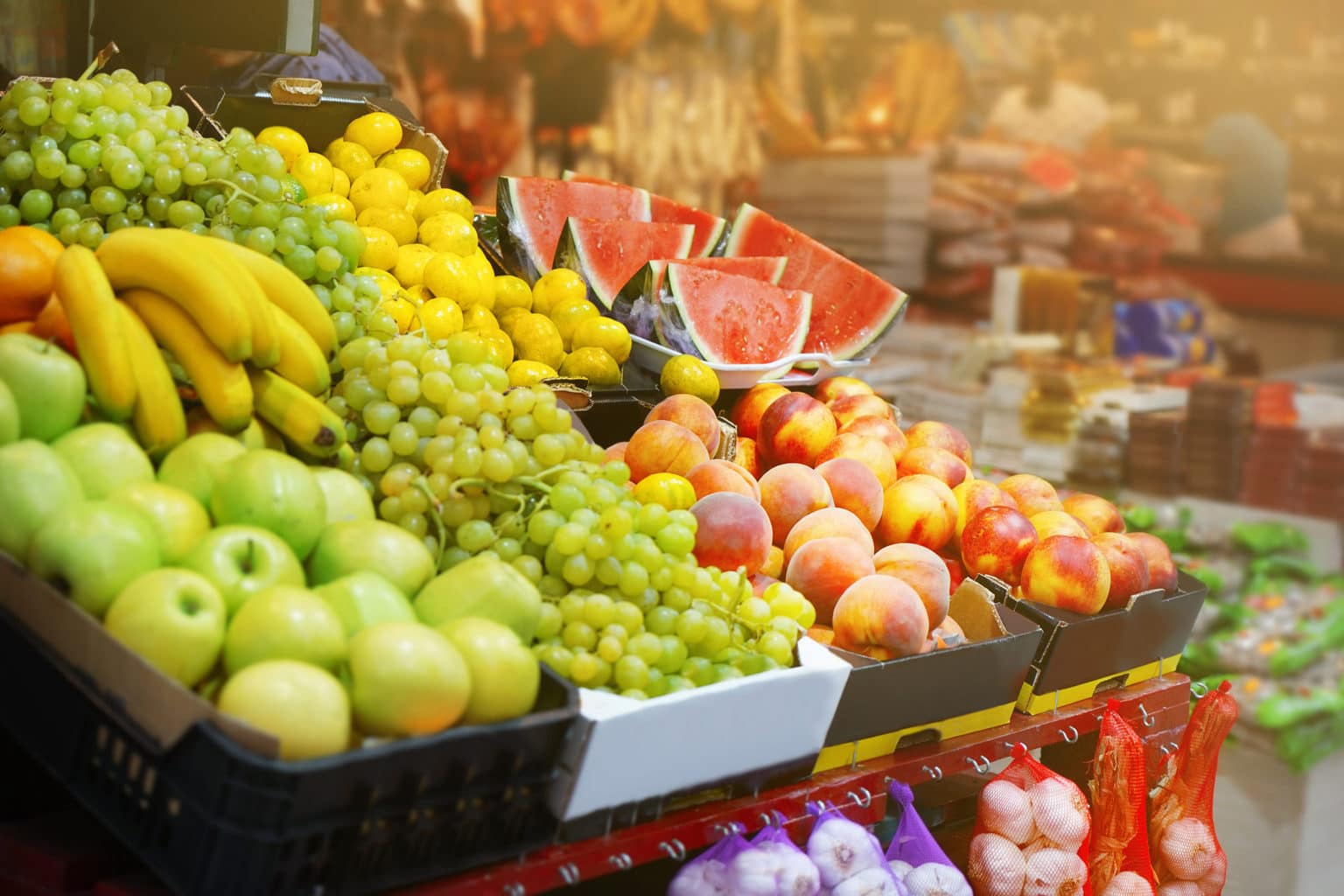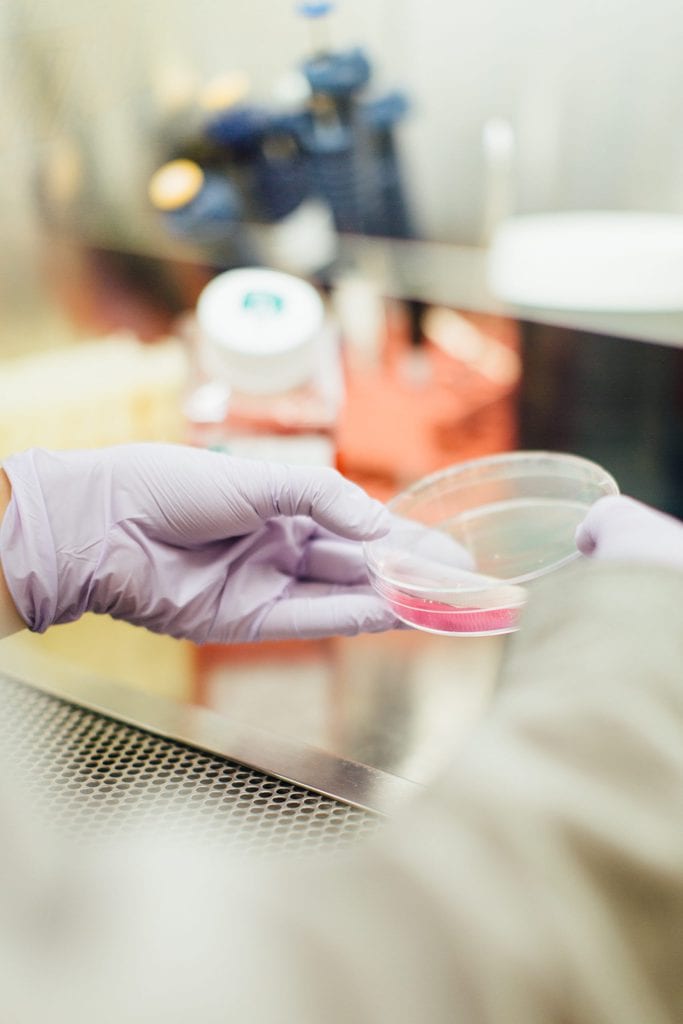Pesticide Residues: How Contaminated Are Your Crops?
Global View
It is estimated that by 2050 about 30% more people will inhabit the Earth than in 2017. This continuous rise in population has put an increasing global demand on food
and has, consequently, led to the industrialisation of agriculture and the increased use of agrochemicals, including pesticides.[1]
Bees are currently facing extinction and are greatly harmed by certain insecticides, specifically, neonicotinoids. Attempting to save Earth’s top pollinators, the European Union (EU) voted in 2018 to ban the use of 3 neonicotinoid-derived pesticides in open spaces due to their harmful effects on various organisms, especially bees. The United States Environmental Protection Agency (EPA) also cancelled the registration for 12 of these pesticides and,
as a direct result, they will be removed from the market
by the beginning of 2020.[2] [3]
Bees are currently facing extinction and are greatly harmed by certain insecticides, specifically, neonicotinoids.
In 2019, alarming levels of 27 different pesticides were found in the contaminated waters of 1400 towns in Brazil. Twenty-one of these hazardous chemicals are banned in the EU with several having been linked to endocrine dysfunction and others classified as potentially carcinogenic by organisations such as the International Cancer Research Agency or the US Environmental Protection Agency (EPA).[4]
Aiming to promote and ensure safe and fair international trade, The Codex Alimentarius (CODEX) continuously sets and updates food standards, including regulations for the maximum residue limits (MRLs) that are considered safe in certain foods and crop products. With over 4300 MRLs covering roughly 200 distinct pesticides [5], CODEX is considered the primary reference by many underdeveloped countries that lack internal regulations.[6]
However, with most countries in the Middle East and North Africa (MENA) region still at a lack of resources, support and governmental regulations and mandates, who ensures the proper implementation of the CODEX standards in developing and underdeveloped countries?[7]

Regional View
According to researchers, approximately 20,000 people in developing countries die annually due to the consumption of residual pesticides in food.[8]
Unlike countries in the EU, those in the Middle East are not unanimously governed by chemical regulations but rather by national regulations which vary greatly depending on each country’s economic and industrial status. This variation in the region forms an obstacle to trade between neighbouring countries. [9]
A recent study in Lebanon analysed apples collected from local producers from 2012 to 2016. The study showed that approximately 61% of the samples contained pesticide residues that exceeded internationally set MRLs. Even though the residual pesticides have been found to form no risk to humans, they do form a risk to Lebanon’s agricultural trade.[10]
In Egypt, the excessive use of pesticides has led to what is described as a “change in the aquatic medium” of the Nile River. Commonly used pesticides have managed to accumulate in the food chain to affect fish and in turn humans.[11]
However, Egypt is currently encouraging the use of biopesicides, which are natural products derived mainly from plants, animals, bacteria, and certain minerals. Egyptian president Abdel Fattah el-Sisi recently inaugurated the second phase of the Mohamed Naguib Sector for Protected Agriculture which consists of 1300 greenhouses built on 10,000 acres of land. One of the sector’s aims is to use integrated pest management which relies not only on chemical pesticides, but also on the safer, more environmentally friendly biopesticides. A factory for the production of these biopesticides is also under establishment.[12]
Will the use of biopesticides ease trade in the MENA region, or will they have the same fate as chemical pesticides?
Jordan is taking action
In 2017, the United Arab Emirates banned the importation of certain fruits and vegetables from five of its neighbouring countries: Egypt, Oman, Jordan, Lebanon and Yemen.[13] Then in June 2019, rice imported from East Asian countries was denied entry into Jordan by the Ministry of Agriculture after tests revealed that the amount of pesticide residues in the grains exceeded the nationally set and accepted limits. The Jordan Standards and Metrology Organization (JSMO) subsequently enforced new MRLs in August 2019.[14] These standards are derived from international legislative systems such as the CODEX Alimentarius and the European Commission, narrowing the gap between the Kingdom and developed countries.
The Royal Scientific Society (RSS) has always played an integral role in monitoring pesticide residues and preventing their accumulation in the food chain.
The Royal Scientific Society (RSS) has always played an integral role in monitoring pesticide residues and preventing their accumulation in the food chain. By working with governmental bodies, RSS ensures that products comply to national standards and that imported foods are safe and uncontaminated.
In line with this work, RSS has, for long, studied the various health and environmental impacts of the extensive use of pesticides in agricultural crops by tracing and quantifying residual pesticides in animal, dairy and agricultural products, in addition to human breast milk. This study stems from a signed agreement with the Jordanian Ministries of Agriculture and Environment and the Water, Energy and Environment Centre of the University of Jordan and which has recently been renewed.
To facilitate the testing and certification processes for merchants and farmers, RSS has recently upgraded its facilities and equipment by extending its services and opening a pesticide residue laboratory in the Vegetables and Fruits Central Wholesale Market.
RSS has also developed its own Laboratory Information Management System (RSS LIMS) which is programmed to automatically update every 24 hours in order to conform to any new EU standards.

Join the Call for Action
Visit: https://www.panna.org/take-action/online-action-center
References
[1] W. H. Organisation, “Pesticide residues in food,” 19 February 2018. [Online].
Available: https://www.who.int/news-room/fact-sheets/detail/pesticide-
residues-in-food.
[2] D. Kwon, “EU States Vote to Ban Neonicotinoids,” 27 April 2018. [Online].
Available: https://www.the-scientist.com/the-nutshell/eu-states-vote-to-ban-
neonicotinoids-36329.
[3] C.-y. Hou, “EPA Cancels Registrations for 12 Neonicotinoid Pesticides,”
31 May 2019. [Online]. Available: https://www.the-scientist.com/news-
opinion/epa-cancels-registrations-for-12-neonicotinoid-pesticides-65956.
[4] D. Phillips, “Brazil finds worrying levels of pesticides in water of 1,400 towns,”
The Guardian, 26 April 2019.
[5] FAO, “CODEX ALIMENTARIUS INTERNATIONAL FOOD STANDARDS,”
FAO, [Online]. Available: http://www.fao.org/fao-who-codexalimentarius/
thematic-areas/pesticides/en/. [Accessed 2019].
[6] N. W. Smith, “Food Regulations and Enforcement,” Elsevier Inc.,
Melbourne, 2016.
[7] D. Faour-Klingbeil and E. C. D. Todd, “A Review on the Rising Prevalence
of International Standards: Threats or Opportunities for the Agri-Food
Produce Sector in Developing Countries, with a Focus on Examples from
the MENA Region,” MDPI, 2018.
[8] A. Kh and H. M. Abo El-Atta, “Epidemiology of Pesticides in Developing
Countries,” Medwin, 2018.
[9] S. M. Wenk, Bergeson & Campbell and The Acta Group, Chemical
Regulation in the Middle East, Washington, D.C., USA: John Wiley & Sons
Ltd, 2018.
[10] K. El Hawari, S. Mokha, M. Al Iskand, W. Halloum and F. Jabera, “Pesticide
residues in Lebanese apples and health risk assessment,” Food Additives
& Contaminants: Part B, 2019.
[11] A. F. El Nahas, M. A. Abdel-Razek, N. M. Helmy, M. Shawky and H. A.
Ghazy, “Impaired antioxidant gene expression by pesticide residues and its
relation with other cellular biomarkers in Nile Tilapia (Oreochromis niloticus)
from Lake Burullus,” Ecotoxicology and Environmental Safety, 2016.
[12]
17 August 2019.
[13] D. Baldwin, “UAE bans import of vegetables, fruits from select countries,”
Gulf News UAE, 24 April 2017.
[14]
Alghad, 12 June 2019.